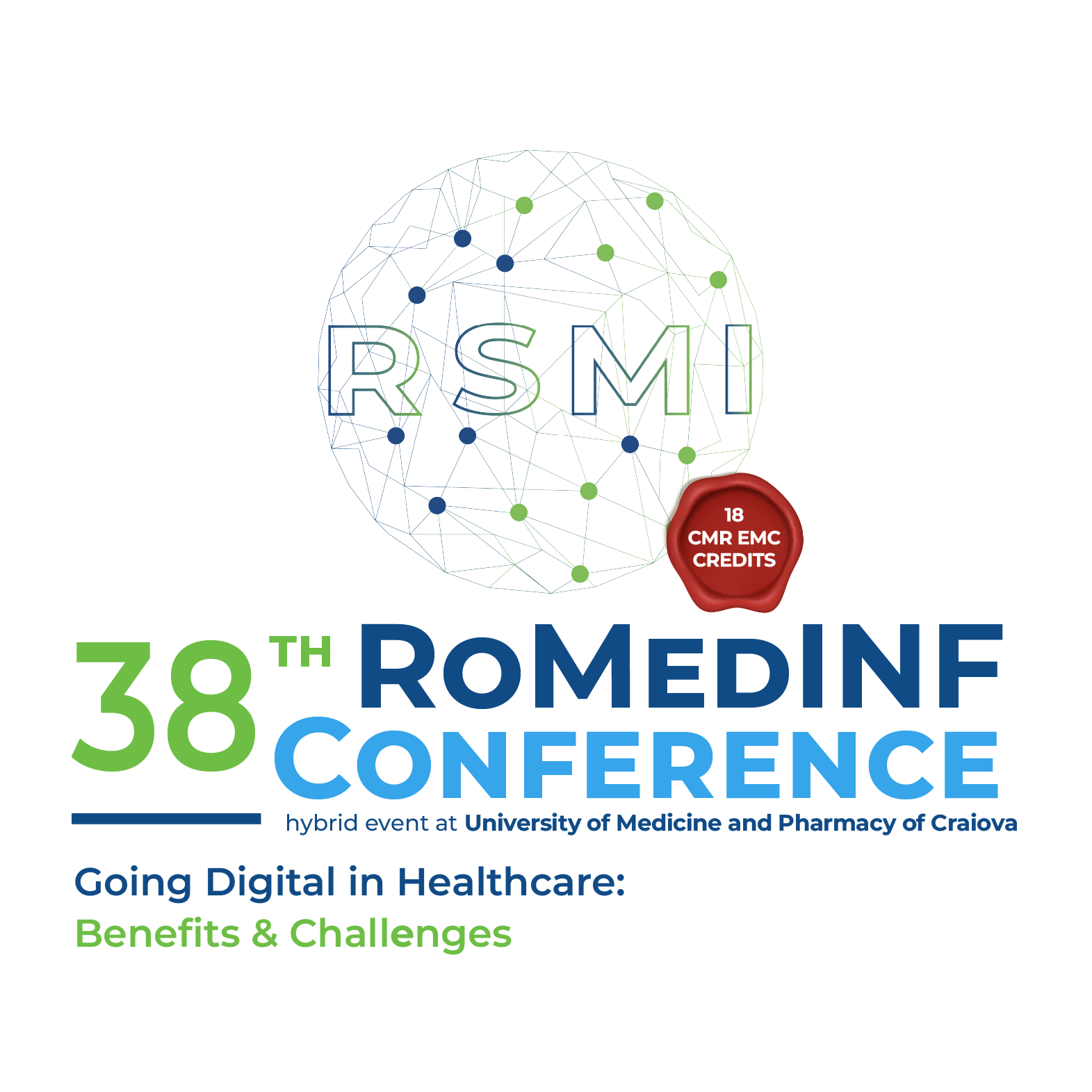Spatial Distribution of Immune and Vascular Markers in Cutaneous Squamous Cell Carcinoma: A Fractal Dimension Approach
Keywords:
Fractal Dimension, Cutaneous Squamous Cell Carcinoma, Tumor Microenvironment, Angiogenesis, Immune CellsAbstract
Cutaneous squamous cell carcinoma (cSCC) is a prevalent and aggressive skin cancer with increasing global incidence, representing a significant public health challenge. Understanding the tumor microenvironment (TME) is crucial for improving treatment strategies. This study investigated the TME of cSCC by analyzing the spatial distribution of immune and vascular markers, addressing the need for quantitative methods to characterize tumor progression. We hypothesized that fractal dimension (FD) analysis could reveal differences in the spatial organization of these markers between pre-invasive and invasive cSCC lesions. The study included 141 cSCC cases (100 invasive, 41 pre-invasive, and a subset of peripheral pre-invasive lesions from the invasive group) collected between 2018 and 2022 at the Emergency Clinical County Hospital, Cluj-Napoca, Romania. Formalin-fixed paraffin-embedded tissue samples were immunohistochemically stained for CD31 (vascular marker), CD20 (B cell marker), CD4 (T helper cell marker), and CD8 (cytotoxic T cell marker). Fractal dimension analysis was performed to quantify the spatial distribution patterns of these markers. Fractal dimension values for each marker were compared between pre-invasive and invasive lesion groups using appropriate statistical tests. Results revealed statistically significant differences in FD values between pre-invasive and invasive lesions for CD20 (p<0.05) and CD31 (p<0.01), indicating distinct alterations in B cell distribution and angiogenesis during cSCC progression. While individual CD4 and CD8 marker FD values were not significantly different, but the CD4/CD8 ratio showed a significant difference (p<0.05), suggesting a shift in the balance of T helper and cytotoxic T cell responses. Our findings demonstrate that FD analysis can effectively quantify spatial differences in the cSCC TME, revealing distinct patterns of immune cell infiltration and angiogenesis associated with disease progression. The observed differences in the TME highlight the complexity and heterogeneity of cSCC and suggest that FD analysis may be a valuable tool for characterizing tumor progression and potentially guiding personalized treatment strategies. Further research is needed to validate these findings and explore their clinical implications.
Downloads
Published
How to Cite
Issue
Section
License
Copyright (c) 2025 Alexandra BURUIANĂ, Mircea-Sebastian ŞERBĂNESCU, Bogdan-Alexandru GHEBAN

All papers published in Applied Medical Informatics are licensed under a Creative Commons Attribution (CC BY 4.0) International License.

